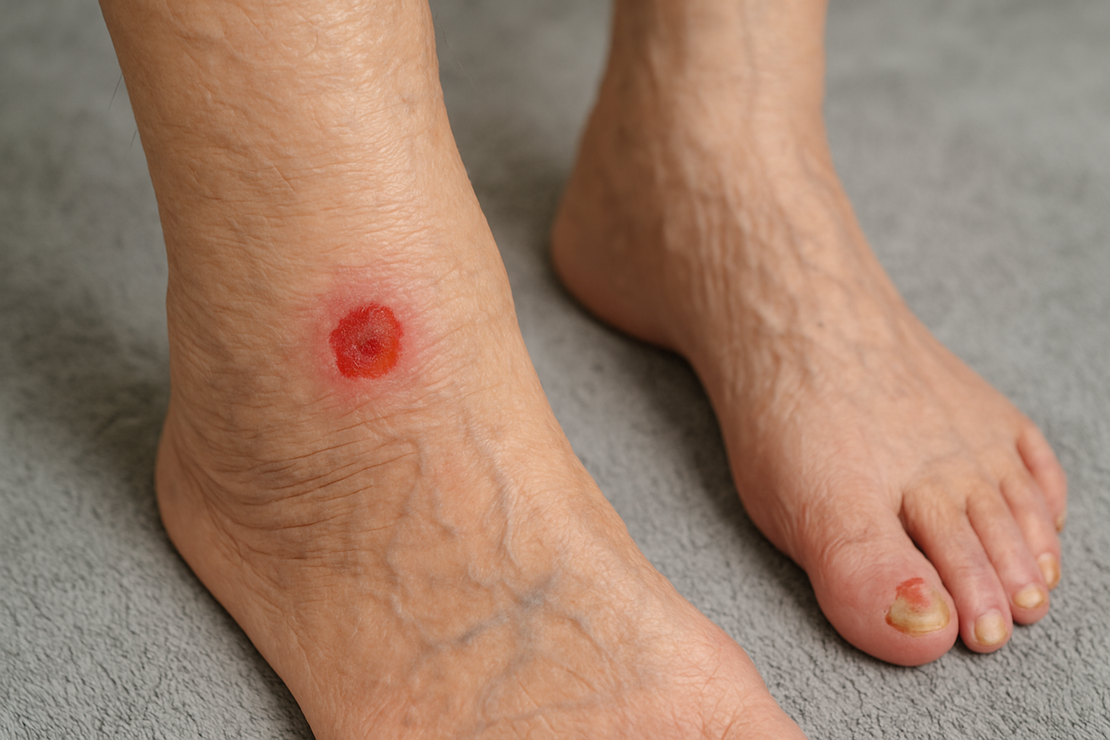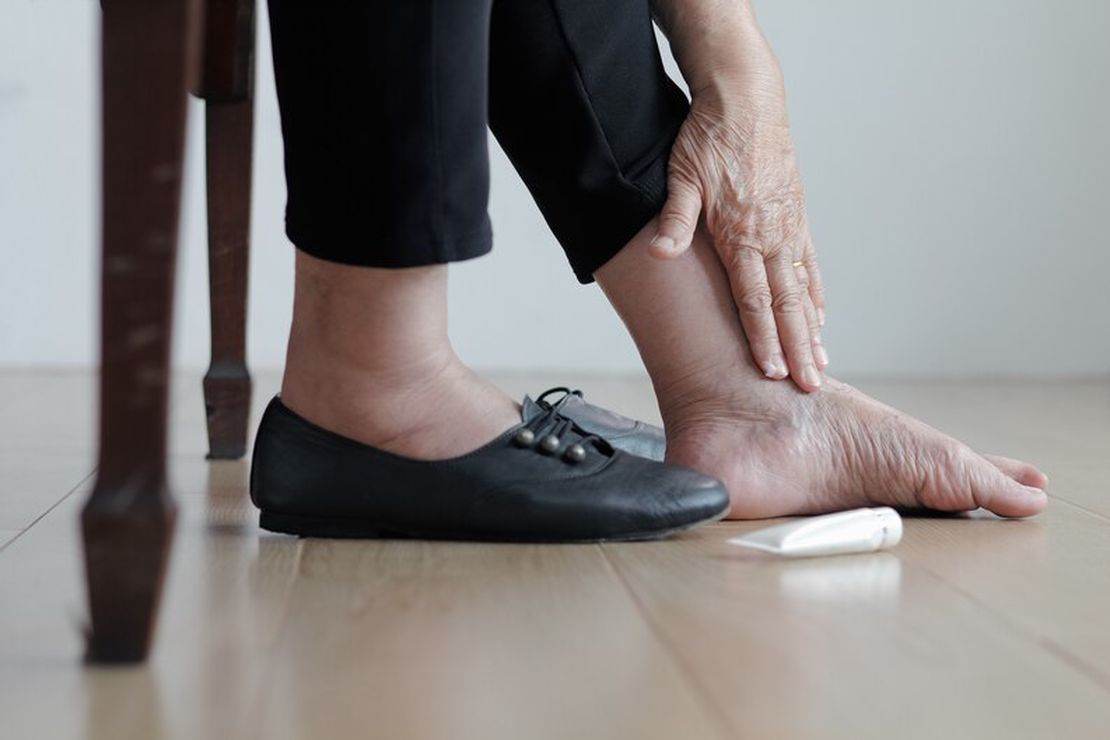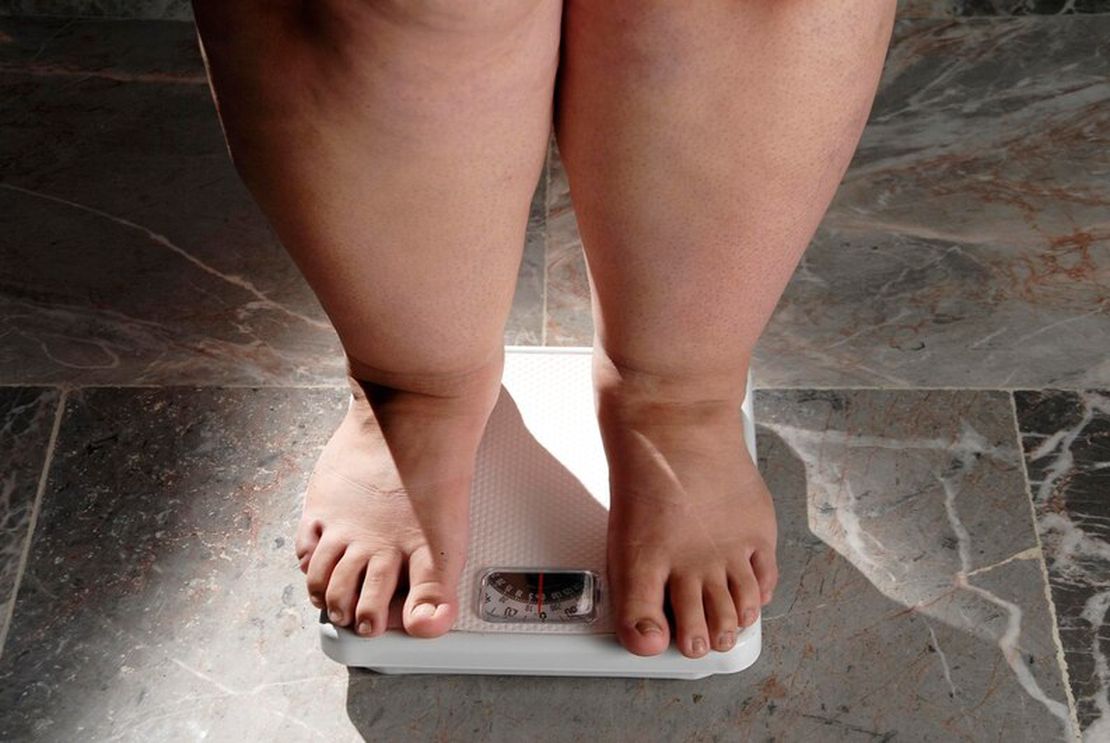Wounds on different parts of the body can significantly affect the quality of daily life. Especially wounds on the leg and wounds on the finger can be caused by both simple causes and serious health problems. In this article, we will discuss the causes, treatment methods and considerations for leg and finger sores. We will also discuss the importance of specialist support in more serious conditions such as diabetic foot ulcers.
Sores can occur anywhere on our body, but the legs and fingers, especially the lower extremities, are the most commonly affected areas. This is mainly because these areas are in constant motion and are more exposed to external factors. Also, because our legs are the furthest from the heart, circulatory problems are more common in these areas.
What Causes a Wound on the Leg?
Leg ulcers often occur for the following reasons:
-
Trauma and blows: Bumps or cuts in everyday life. Legs can often be injured, especially during sports activities, work accidents or accidents at home. Such wounds are usually superficial and heal quickly with proper care.
-
Circulatory disorders**: Especially varicose veins and blocked veins. Vascular problems in the legs cause tissues to not receive enough oxygen and nutrients. This makes it easier for wounds to form and slows down the healing process.
-
Infections**: Bacterial or fungal skin problems. Infections in the legs can develop into serious sores, especially in people with weak immune systems.
-
Diabetes: Uncontrolled sugar levels, nerve damage and circulatory problems can easily lead to leg ulcers. Leg wounds are one of the most serious complications in diabetic patients.
💡 For detailed information what is diabetic foot? You can take a look at our article.

What Causes a Wound on the Finger?
Finger sores are particularly common on the fingers and toes. The main reasons for this:
-
** Ingrown toenails** and incorrect nail cutting: Cutting nails incorrectly or cutting them too short can cause ingrown toenails. This can lead to pain, redness and infection of the fingers.
-
Shoe strikes and chafing: Narrow or ill-fitting shoes can cause friction sores on the fingers. This problem is especially common with new shoes or prolonged standing.
-
Dry skin and cracks: Dry skin can cause cracks in the fingers, especially in winter. These cracks increase the risk of infection and predispose to sores.
-
Infections (e.g. paronychia - inflammation of the nail edge): Infections of the nail edges cause pain, swelling and redness of the fingers. Without proper treatment, this can lead to serious problems.
-
Loss of sensation due to diabetic neuropathy: People with diabetes may lose sensation in the fingers due to nerve damage. This can lead to small wounds going unnoticed and becoming big problems.
Such wounds can progress rapidly, even if they seem small. In diabetic patients, especially toe wounds carry serious risks. Finger sores, especially when they occur on the toes, can affect walking and daily activities.
Types of Wounds and Symptoms
Wounds can be superficial or deep. Wound types can be classified as follows:
Superficial Wounds
- Abrassive wounds: Abrasive wounds affecting the upper layers of the skin
- Cut wounds: Wounds with smooth edges caused by sharp objects
- Puncture wounds: Deep wounds caused by penetrating objects
Deep Wounds
- Ulcers**: Difficult-to-heal wounds characterized by tissue loss
- Necrotic wounds: Wounds containing dead tissue, at risk of serious infection
The following symptoms should be noted:
- Wounds that do not heal for a long time Wounds that have not healed for more than 2-3 weeks
- Redness, swelling and increased temperature**: Signs of infection
- Inflammation and bad odor**: Signs of bacterial infection
- Pain or loss of sensation: Signs of nerve damage or infection
- Wound enlargement or deepening**: Sign of serious complications
If you have these symptoms, you should consult a specialist doctor immediately. You can find more information on our page Treatment of diabetic foot sores.

How to treat leg and finger wounds?
Treatment depends on the cause and severity of the wound:
1. Cleaning and Dressing
Sterile cleaning and closure of the wound
2. Infection Control
Use of antibiotics if necessary
3. Improving Circulation
Treatment for vascular problems
4. Blood Sugar Control
The most critical stage of wound care in diabetic patients
5. Surgical Methods
Deep and complicated wounds may require surgical intervention
Simple Home Precautions
Here are simple home remedies to prevent leg and finger sores:
Daily Care Routine
- Do a daily foot and leg check: Examine your feet and legs carefully every day. Especially check between the toes, the soles of the feet and the back of the legs.
- Hygiene: Wash your feet with warm water and dry them thoroughly. Pay particular attention to keeping the skin between the fingers dry.
Choosing Shoes and Socks
- Avoid tight shoes: Choose comfortable, breathable shoes. Get used to new shoes by wearing them for short periods of time.
- Appropriate socks: Wear cotton, breathable socks. Change damp socks.
Skin Care
- Use appropriate creams to keep the skin moisturized: Use moisturizing creams, especially for those with dry skin. However, do not apply cream between the fingers.
- Nail care: Cut the nails properly, do not cut them too short.
Circulation and Exercise
- Mild exercise to improve blood circulation: Regular walking, leg exercises.
- Avoid standing for long periods of time: Keep your legs elevated if possible.
⚠️ Important: Self-treatment is never enough. Especially diabetic patients should pay attention to even small wounds. For more information, you can take a look at our article diabetic foot treatment.
Attention in Diabetic Foot Wounds!
Wounds on the leg and finger in diabetic patients may turn into diabetic foot complication in the future. This condition is characterized by loss of sensation in the feet and non-healing wounds due to nerve and vascular damage. If not treated early, the risk of infection increases and can even lead to serious consequences, up to amputation.
📌 For detailed information diabetic foot symptoms and treatment methods You can review the page.
When to consult a doctor?

In the following cases of leg and finger wounds, you should definitely consult a doctor:
Emergencies
- Wounds that have not healed for more than 1 week**: Normal wounds usually heal within 1-2 weeks. Wounds that take longer may indicate a serious problem.
- Severe pain, redness and swelling**: These symptoms are indicative of infection and require immediate attention.
- Fever and general weakness: If there are signs of systemic infection, see a doctor immediately.
Risk Groups
- If you have diabetes and have noticed a wound on a finger or leg: Even the smallest wounds in diabetic patients can lead to serious complications.
- Patients with circulatory problems**: Those with problems such as varicose veins, vascular occlusion.
- Those with a weak immune system**: People undergoing cancer treatment, people on steroids.
Wound Status
- If you see that the wound is rapidly growing or deepening: This is an indication of a serious infection or tissue damage.
- If there is a bad odor coming from the wound: This is a sign of bacterial infection.
- If there is black or brown tissue in the wound**: It is a sign of tissue death (necrosis).
These symptoms indicate that you should seek professional medical help. Early intervention improves treatment success and prevents complications.
Conclusion: Early Intervention Saves Lives
Wounds on the leg and wounds on the finger can be caused by simple causes, but they can also be a sign of serious health problems. Especially for diabetics, these wounds can be life-threatening. Early diagnosis, correct treatment and regular care can prevent wounds from developing into complications.
Important Reminders
- Regular check: Check your legs and fingers every day
- Hygiene: Take care of your feet
- Suitable footwear: Choose comfortable and breathable shoes
- Early intervention: In suspicious cases, consult a doctor immediately
- Diabetes control: Diabetics should check their blood sugar regularly
Leg and finger wounds can be treated and prevented with the right approach. However, it is very important to be aware of this issue and take the necessary precautions. Remember to pay attention to these issues for your health.
💬 If you would like to get expert support and make an appointment for an examination, you can contact us via our contact page or our WhatsApp line (📞 905454505427).
This article is for informational purposes only. Always consult a health professional for treatment decisions.




